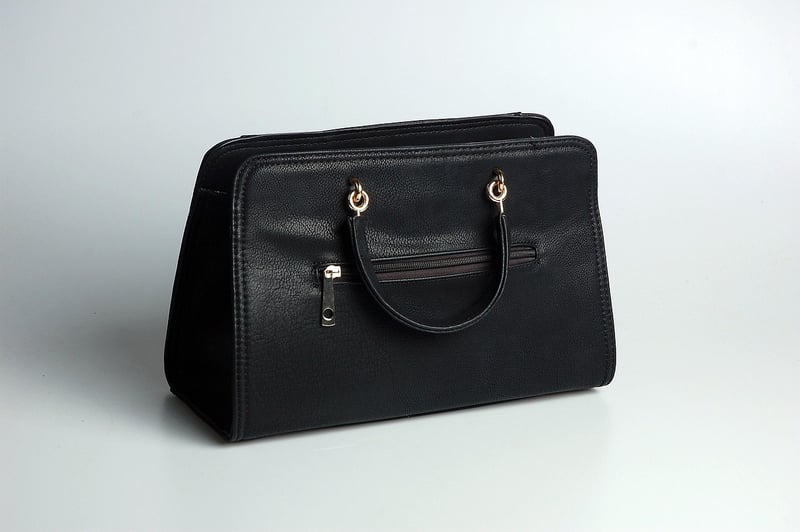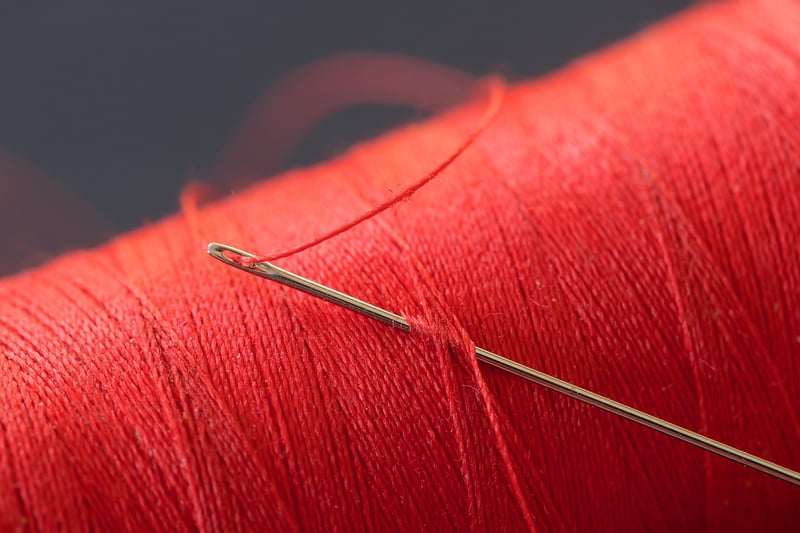Sustainable Fashion Trends
Creating Unique Fashion Items Sustainably
Introduction
In a world where sustainability and uniqueness are highly valued, creating fashion items that are both eco-friendly and one-of-a-kind has become a trend among conscious consumers and designers alike. Let's explore how you can create unique fashion pieces sustainably and stay on top of the latest sustainable fashion trends.
1. Upcycling and Repurposing
One way to create unique fashion items sustainably is through upcycling and repurposing. By breathing new life into old or discarded materials, you can create one-of-a-kind pieces that are not only environmentally friendly but also stand out from conventional mass-produced items.

2. Organic and Eco-Friendly Materials
Opting for organic and eco-friendly materials such as organic cotton, hemp, bamboo, or Tencel can help reduce the environmental impact of your fashion creations. These materials are not only sustainable but also offer a unique texture and feel to your designs.

3. Handcrafted and Artisanal Techniques
Embracing handcrafted and artisanal techniques can add a personal touch and uniqueness to your fashion items. Whether it's hand embroidery, hand dyeing, or hand weaving, these techniques showcase craftsmanship and individuality in each piece.

Sustainable Fashion Trends
To stay ahead in the world of sustainable fashion, it's essential to keep up with the latest trends. Some current sustainable fashion trends include:
1. Circular Fashion
Circular fashion focuses on creating a closed-loop system where garments are designed to be recycled, upcycled, or biodegradable, thus reducing waste and promoting a more sustainable fashion industry.
2. Slow Fashion
Slow fashion emphasizes quality over quantity, encouraging consumers to invest in timeless pieces that are ethically produced and have a longer lifespan, reducing the need for constant consumption.
3. Transparent Supply Chains
Transparency in the fashion supply chain is becoming increasingly important. Consumers are demanding to know where and how their clothes are made, pushing brands to disclose their sourcing and production practices.
By incorporating these sustainable practices and staying informed about the latest trends, you can create unique fashion items that not only make a style statement but also contribute positively to the environment and society.
